 From transformation to combat the first Stryker brigade at war From transformation to combat the first Stryker brigade at war
Mark A. Reardon, Jeffery A. Charlston
Special Publications
CMH Pub 70-106-1, Paper
2007, 2008; 74 pages, maps, photographs, chart, bibliographical note
GPO S/N: 008-029-00459-3
The first Stryker Brigade, touted as the centerpiece of the post-Cold War Army, underwent a rigorous series of comprehensive tests and exercises over the short span of three-and-a-half years, a period in which our country became embroiled in a war against Global Terrorism. While this publication examines Army Transformation and the development of the Stryker, it focuses primarily on the brigade's combat operations in Iraq from November 2003 to October 2004. The brigade's performance in combat provides the reader with dramatic insights into conflict as well as the Army's ongoing transformation efforts.
Foreword
Between November 2003 and October 2004, after four years of planning and preparation, the Army’s first Stryker-equipped force received its baptism by combat on the plains of Iraq. The deployment of the 2d Infantry Division’s 3d Brigade challenged more than just the Army’s ability to field a new type of combat unit or a new piece of equipment. It sought to showcase and validate new information-age technologies, doctrines, and organizations that could serve as models for the future transformation of the service’s fighting forces. Testing the Army’s very ability to make key cultural changes in the way that it trained, led, fought, and supplied its forces in the field, the new brigade would have to prove more agile, more flexible, and more deadly than its predecessors.
This study, prepared at the U.S. Army Center of Military History by Lt. Col. Mark J. Reardon and Dr. Jeffery A. Charlston, explores the origin, development, and initial combat experience of this unique unit, the first installment of an "Interim Force” that would pave the way toward the Army of the future. From the training grounds of Fort Lewis, Washington, to the battlegrounds of Mosul and Tall Afar, Iraq, the odyssey of the "3-2” tested the very premise of the Army’s initial Transformation strategy. This preliminary account provides a firsthand field assessment of that ambitious effort and should encourage further thought about our continuing efforts to prepare the Army for its role in an increasingly turbulent world.
Washington, D.C.16 November 2006
JEFFREY J. CLARKE Chief of Military History
Смотри также
| 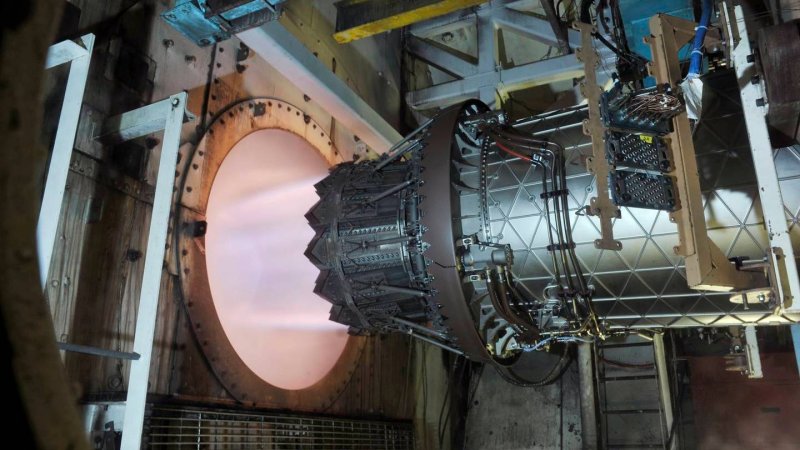

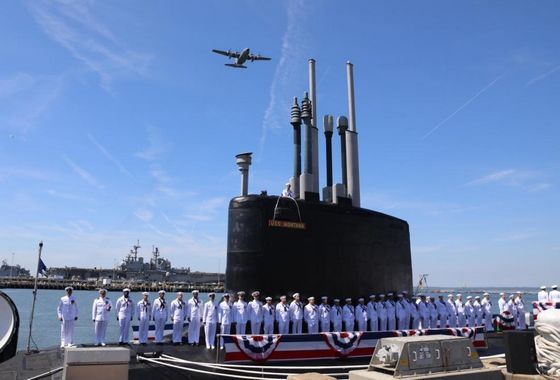
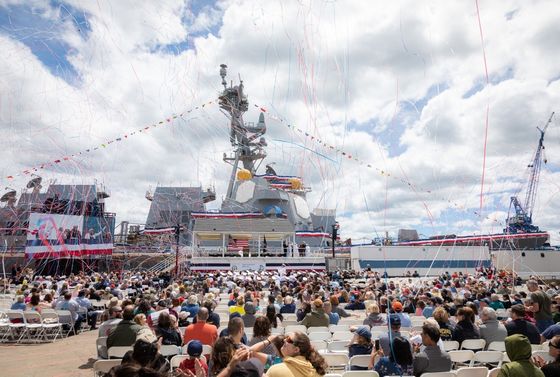
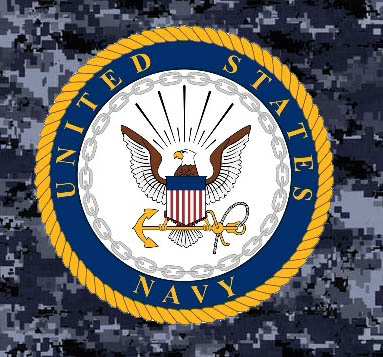
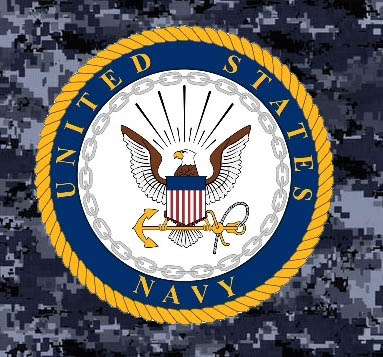
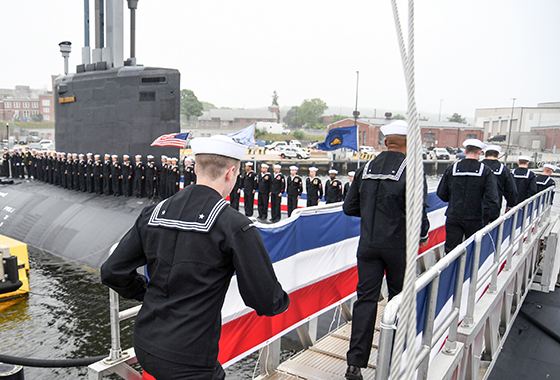
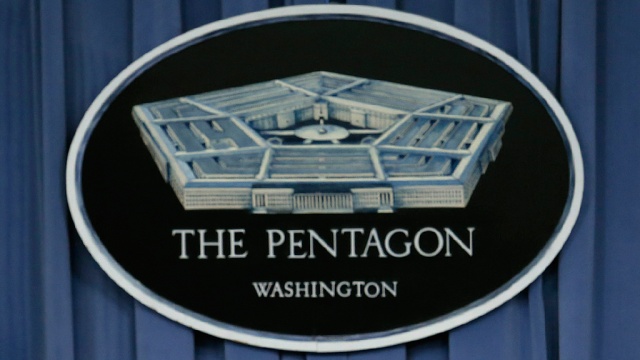
 From transformation to combat the first Stryker brigade at war
From transformation to combat the first Stryker brigade at war